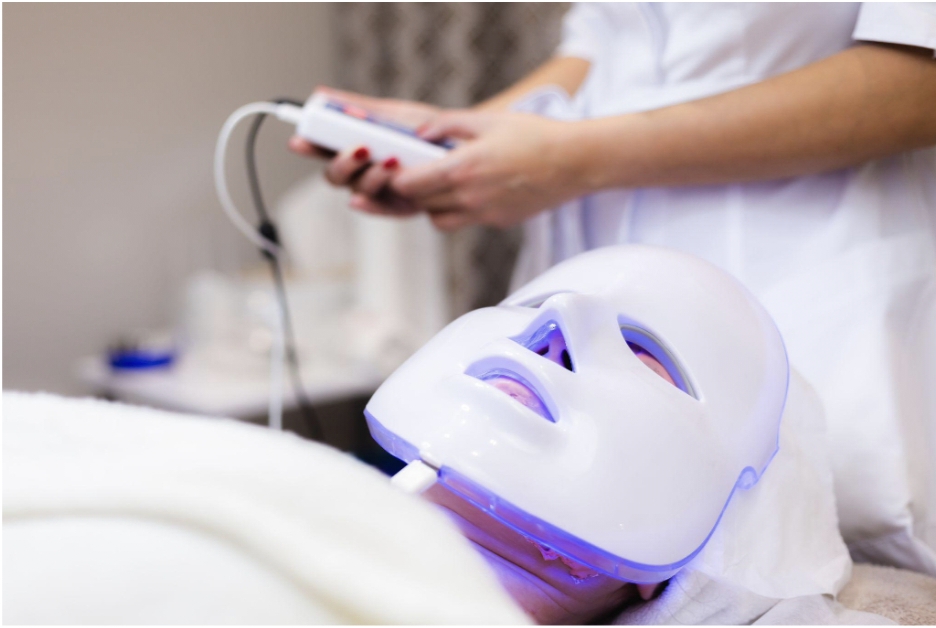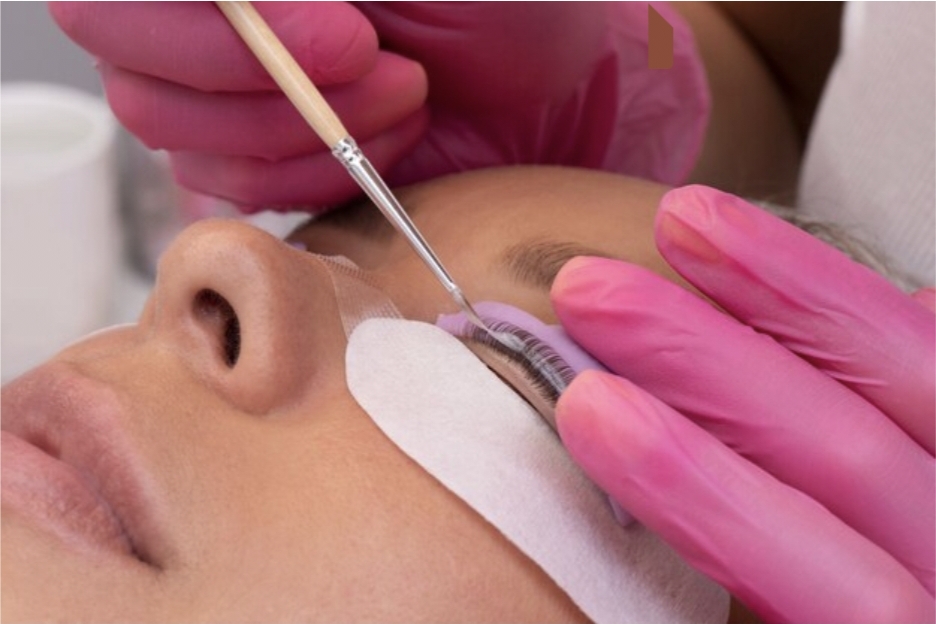Your smile is one of the first things people notice about you. It can open doors, create connections, and boost your confidence in ways few other features can. Whether you’re preparing for a big event, looking to refresh your appearance, or simply want to feel better about your daily interactions, improving your smile is worth the effort.
Professional Dental Treatments
When you want noticeable, lasting results, professional dental treatments offer some of the most effective solutions. Here are three popular options that can dramatically improve your smile’s appearance.
Teeth Whitening
Professional teeth whitening is one of the quickest ways to brighten your smile. Unlike over-the-counter products, dentist-supervised whitening uses stronger bleaching agents that can lift deep stains and discoloration.
During an in-office treatment, your dentist applies a high-concentration whitening gel to your teeth, often activated by a special light. The entire process typically takes about an hour, and results can last for several months with proper care.
Alternatively, your dentist can create custom whitening trays for at-home use. While this method takes longer, it offers more flexibility and can be just as effective when used consistently.
Invisalign or Braces
Crooked or misaligned teeth don’t just affect aesthetics. They can also make cleaning difficult and contribute to oral health issues down the line. Orthodontic treatments like Invisalign and traditional braces correct these alignment problems while improving the overall appearance of your smile.
Invisalign uses clear, removable aligners that gradually shift your teeth into place. Many adults prefer this option because the aligners are nearly invisible and can be removed for eating and cleaning.
Traditional braces, while more noticeable, remain highly effective for complex alignment issues. Modern braces are also more comfortable and less bulky than older versions, making them a viable option for patients of all ages.
Veneers
Veneers are thin shells of porcelain or composite resin that cover the front surface of your teeth. They’re custom-made to match your natural tooth color and can address multiple cosmetic concerns at once, including chips, cracks, gaps, and severe discoloration.
The process typically requires two visits. During the first appointment, your dentist prepares your teeth by removing a small amount of enamel and takes impressions for your custom veneers. At the second visit, the veneers are bonded to your teeth, instantly transforming your smile.
Veneers are durable and stain-resistant, often lasting 10 to 15 years with proper care. For patients with more extensive damage or tooth loss, options like dental implants in Chattanooga can provide long-term solutions that restore both function and appearance.
Daily Oral Hygiene Practices
Professional treatments deliver impressive results, but maintaining your smile requires consistent daily care. These fundamental habits form the foundation of a healthy, attractive smile.
Proper Brushing Techniques
Brushing your teeth twice a day is essential, but technique matters just as much as frequency. Use a soft-bristled toothbrush and fluoride toothpaste, holding the brush at a 45-degree angle to your gums. Make small, gentle circular motions rather than scrubbing back and forth.
Don’t forget to brush the inside surfaces of your teeth and your tongue, where bacteria can accumulate and cause bad breath. Each brushing session should last at least two minutes. Consider using an electric toothbrush if you struggle with proper technique, as many models include timers and pressure sensors.
Replace your toothbrush every three to four months, or sooner if the bristles become frayed. Worn bristles won’t clean effectively and may irritate your gums.
Flossing
Brushing alone can’t reach the tight spaces between your teeth where food particles and plaque hide. Flossing once daily removes this buildup, preventing cavities, gum disease, and the yellowing that occurs when debris sits between teeth.
Use about 18 inches of floss, winding most of it around your middle fingers and leaving a few inches to work with. Gently guide the floss between your teeth using a back-and-forth motion, curving it around each tooth in a C-shape. Don’t snap the floss into your gums, as this can cause irritation and bleeding.
If traditional floss feels awkward, try floss picks, water flossers, or interdental brushes. The best tool is the one you’ll actually use consistently.
Lifestyle Adjustments
Your daily choices have a significant impact on your smile’s appearance. Making a few strategic lifestyle changes can help maintain and enhance the results from professional treatments and good oral hygiene.
Diet Modifications
Certain foods and drinks stain your teeth more than others. Coffee, tea, red wine, and dark sodas are common culprits, as are deeply colored foods like berries, tomato sauce, and curry. While you don’t need to eliminate these entirely, consider consuming them with a straw or rinsing your mouth with water afterward.
Acidic foods and beverages can also wear down tooth enamel, making teeth appear more yellow as the darker dentin underneath shows through. Citrus fruits, sports drinks, and carbonated beverages fall into this category. Wait at least 30 minutes after consuming acidic foods before brushing to avoid damaging softened enamel.
On the flip side, crunchy fruits and vegetables like apples, carrots, and celery can help clean your teeth naturally. Dairy products rich in calcium and phosphates help strengthen enamel, while cheese can even neutralize acids in your mouth.
Quit Smoking
Smoking doesn’t just yellow your teeth. It also increases your risk of gum disease, tooth loss, and oral cancer. The nicotine and tar in cigarettes create stubborn stains that penetrate tooth enamel, becoming harder to remove over time.
Quitting smoking is one of the best things you can do for your overall and oral health. Your dentist can recommend resources and strategies to help you quit, and professional whitening treatments can address existing stains once you’ve stopped.
Natural Remedies
Some people prefer natural alternatives to professional whitening treatments. While these methods are gentler and less expensive, they come with important caveats.
Baking soda is a mild abrasive that can help remove surface stains when used occasionally. However, overuse can wear down enamel. If you choose to try baking soda, use it sparingly and never as a complete replacement for regular toothpaste.
Oil pulling, an ancient practice involving swishing coconut or sesame oil in your mouth, has gained popularity as a natural whitening method. While some people report positive results, scientific evidence supporting its effectiveness is limited.
Activated charcoal products claim to whiten teeth by absorbing stains, but dentists warn that these products may be too abrasive and could damage enamel. The American Dental Association hasn’t approved any activated charcoal products for safety or effectiveness.
Apple cider vinegar is another popular natural remedy, but its high acidity can erode enamel and increase tooth sensitivity. If you experiment with any of these methods, proceed with caution and consult your dentist first.
Conclusion
Improving your smile doesn’t require a complete transformation overnight. Start with the basics: brush and floss daily, make smart dietary choices, and schedule regular dental checkups. From there, discuss professional treatment options with your dentist to address specific concerns.





